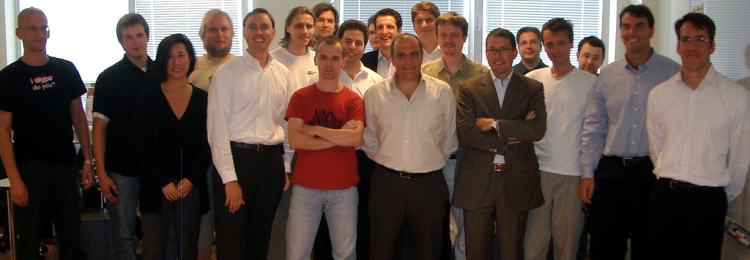
In the article “Don’t Neglect Your Power to Bring People Together,” Ron Ashkenas describes a situation where a manager first tried fulfilling a certain task according to common managerial lines, of “calling meetings for their own direct staff and those who report to them.” However, although everyone agreed and got to work, little of the task’s goals were fulfilled.
In frustration, the manager grouped all parties together for a common meeting, through which all the obstacles were discussed together, and after which the task’s goal became fulfilled to much greater effect.
Then, Ashkenas continued to look into the reasons why managers don’t take steps initially to call common meetings outside their own staff and people who report directly to them, if the results of such meetings can be more effective. Some of the reasons Ashkenas mentioned included fears and anxieties in making sure no one is left out, preparing convincing cases as to why this is important for each member attending the meeting, the possibility of some or many of the invitees refusing to attend, as well as other fears.
However, in conclusion, Ashkenas encourages managers to overcome these fears in order to convene people together since “bringing the right people together from across the organization (and even including suppliers and customers) is often the best way to get things done quickly.”
Image: "Skype Reverie" by Steve Jurvetson.
